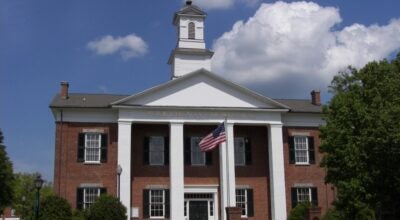Columbus eyes splitting into voting districts
Published 9:42 am Friday, March 28, 2008
Columbus officials said during their retreat earlier this year that if more developments are annexed into town they will consider establishing voting districts. Last year the town approved voluntary annexations of Chocolate Drop and Foster Creek Preserve subdivisions, and the Sanctuary at Tryon has just requested annexation.
Chocolate Drop has 45 lots and the Sanctuary about 63. Based on plans presented previously to the town, Foster Creek Preserve may have approximately 800 lots, which&bsp; means, once it&squo;s fully built out, it could have a population equal to or greater than the rest of the town.
Columbus currently has an estimated population of about 1,058 residents.
Without voting districts, residents of such a large development could potentially form a voting bloc that determines who gets elected.
During the town council meeting last week, Columbus officials heard from an expert with the N.C. Institute of Government about the town&squo;s options for creating voting districts.
Bob Joyce of the Institute of Government said North Carolina allows several modes of elections, including the one used by Columbus and most small towns, in which all members are elected at large. Other modes include single member districts, a combination of single member districts and at-large representatives and &dquo;weak&dquo; and &dquo;strong&dquo; residence districts with combinations of at-large members.
In the single member district method, candidates live in the district and people in the district vote for candidates in that district. In the residency district method, candidates live in the district, but the whole town votes on candidates in all districts. Columbus could also have some district representatives as well as some at large members.
Joyce said if Columbus sets up districts, each district will have to be relatively the same size. The town could be split into as few as two districts.
The town can change its charter without action from the N.C. General Assembly through several means, including through a referendum arranged by the town, a referendum petitioned by residents or another method that does not require a referendum.
Joyce reviewed how common voting districts are throughout North Carolina depending on the size of the towns. He said 14 cities out of 352 with populations under 2,500 have districts. Among 83 cities with populations between 2,500 and 5,000 there are 13 that have districts. More than half of cities with populations over 25,000 have districts, Joyce said.





